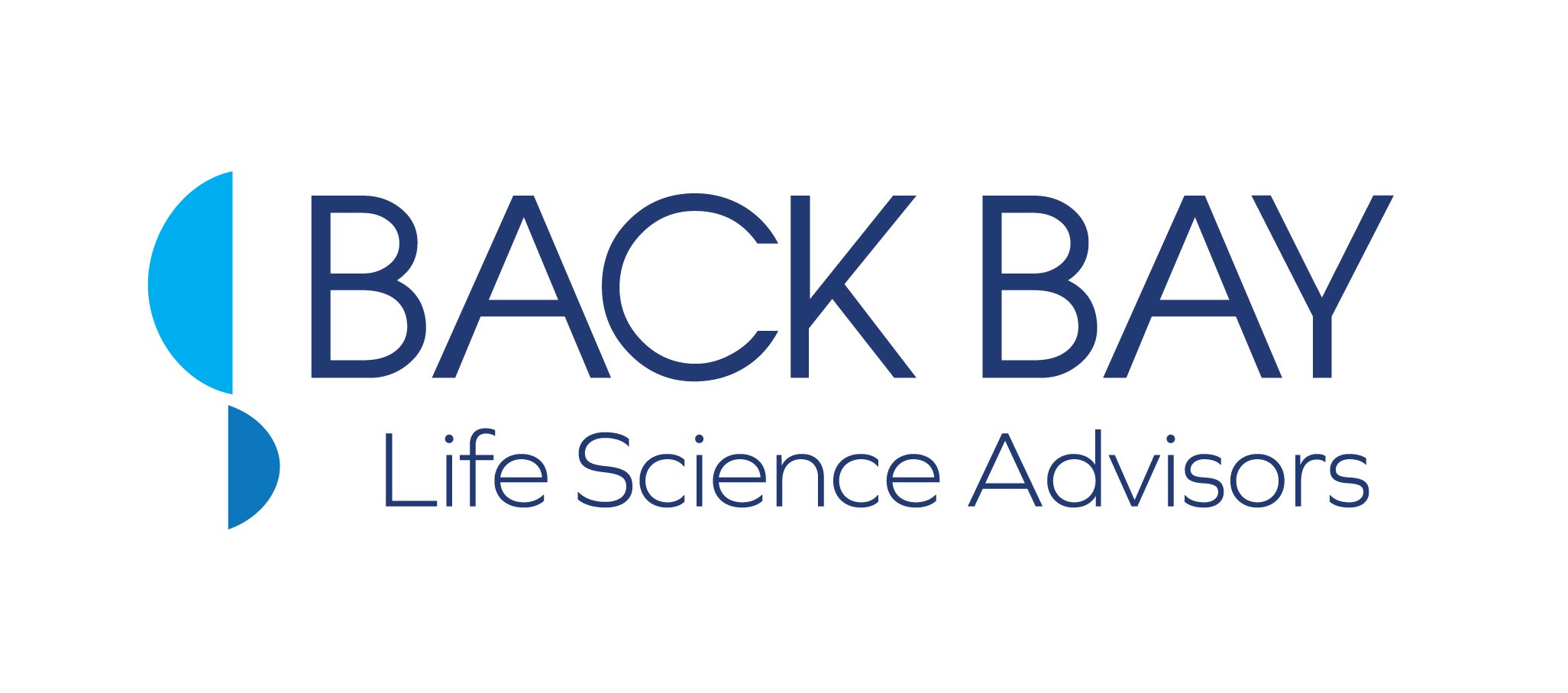Amazon and PillPack: A Threat to the Pharmacy Model or Business as Usual?
Reposted January 1, 2020
Original Date July 5, 2018
By James Leech, Senior Associate, Back Bay Life Science Advisors
On Friday, June 29 Amazon announced that it would be acquiring its first online pharmacy retailer, PillPack for $1 billion in cash. With around $100 million in revenue last year, the acquisition price implies a 9x – 10x revenue multiple for the Company. PillPack’s latest $30 million private financing round was raised at a $330 million pre-money valuation, with this acquisition resulting in a respectable return for the company’s venture investor syndicate.
PillPack specializes in packaging multiple prescriptions into one convenient monthly delivery for those with chronic diseases characterized by a heavy pill burden. The announcement led to a sell-off in shares of traditional retail pharmacies, with CVS, Walgreens, and Rite-Aid share prices declining by 7.5% to 12.5%, equating to a loss of around $11 billion in market value.
Streamlining the pharmacy paradigm
While this transaction provides Amazon with a meaningful infrastructure that can serve as the foundation for broader pharmaceutical initiatives, Back Bay’s transaction team does not view the acquisition as a near-term threat to the pharmacy model as we know it. Rather, the transaction is a classic example of Amazon looking to shift a brick and mortar industry with associated inefficiencies to a more streamlined online-based buying process and benefit from the margin expansion, cost synergies (e.g., supply chain, staff/headcount, automation) that may come along with it.
We see this less as the beginning of a new era for prescription drug distribution, or the beginning of the end for traditional pharmaceutical chains. Instead, we see adaption ahead. Earlier this month, CVS announced a partnership with the United States Postal Service, enabling one to two-day deliveries of prescriptions directly to customer’s homes. In 2011, Walgreens spent $430 million to acquire drugstore.com–only to announce in 2016 that it would shut down the operation entirely.
The types of chronic drug regimens amenable to a recurring online delivery structure represent just a sliver of the overall pharmaceutical market. There is a myriad of emergent, single-use (e.g., antibiotics for strep throat), or complex therapies that are not feasible for an online delivery approach.
A win for Amazon
Amazon is likely to generate a strong financial return from the PillPack acquisition. The online retailer will soon have the ability to ship prescriptions to people in 49 states and collect data on their customer’s most sensitive health information. They will likely inject a portion of their giant marketing budget and the credibility associated with their household name into a pre-primed drug delivery platform to grow revenues significantly while streamlining operations. The move capitalizes on the evolving reliance of the U.S. population on online retail solutions, which will continue to grow as less-tech-savvy generations obsolete and current, younger, internet-focused generations age and become the primary audience for prescription drugs.
Across the life sciences, we’re watching carefully as Amazon edges into healthcare and pharmaceuticals. Many of us believe they have a long way to go before they truly disrupt the status quo.
